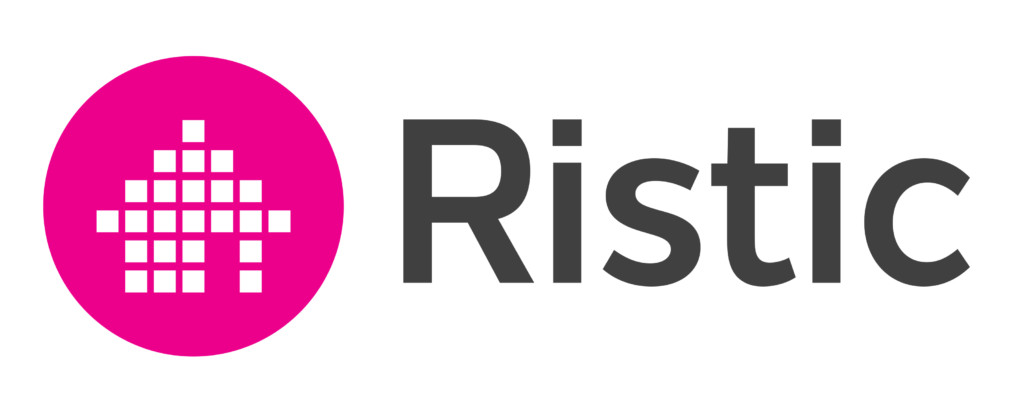Maximizing Rental Return In A Slowing Market

When it comes to the present state of Australia’s property market, it’s no secret that the Royal Commission into Banking has resulted in increased lending restrictions and higher mortgage rates for investors.
While experts say a crash is unlikely due to population growth, the media and news headlines are reporting Australia’s property market is slowing down and cooling-off after a strong period of growth.
With these changes, property investors are seeking ways to maximise their rental returns to balance out any negative effects from increased expenses and slower capital growth.
It is not for everyone, but one-way some investors are looking to maximise their return is to develop their property (where possible) to achieve a higher return by including a granny flat. It can be custom-built, pre-fabricated, transportable or even flat-pack.
Regulations around planning and development have become more favourable to investors in recent years, which means it is a great time to make improvements to your property – to increase the value, and justify asking a higher rental amount.
Dwellings like granny flats have become a popular value-adding strategy for investors, as they are relatively inexpensive to build, and can be rented out as a separate dwelling or add a premium to the property.
Other ways to increase value include, extending, adding extra bedrooms, subdividing and building a second dwelling, or turning a house into a dual key dwelling.
Can anyone build a granny flat on their block?
The simple answer is in most cases generally yes, depending on the lot and granny flat size. However, there are rules and regulations around granny flats that vary from State to State and even council to council, so research is the key for those thinking of building one.
One final important tip, when having multiple different tenants on the same block of land you will want to make sure that the two residences are as separate and private to one another as possible, otherwise it will have a negative impact on the rental value and make it harder to manage or reduce your tenant market.
More than one million Australians claim deductions on rental properties each year. There are many possible expenses that property investors can potentially claim against income generated from leasing out the property. It is important to remember that deductions can only be claimed for times when the property is rented or genuinely available for rent (otherwise expenses may need to be apportioned).
Expenses you may be entitled to claim as an immediate deduction:
– Advertising for tenants
– Body corporate fees and charges
– Council rates
– Water charges
– Land tax
– Cleaning
– Gardening and lawn mowing
– Pest control
– Insurance (building, contents, public liability)
– Interest expenses
– Property agent’s fees and commission
– Repairs and maintenance
– Some legal expenses
– Travel to inspect the property or for maintenance
Borrowing expenses, you may be entitled to over time:
– Depreciation
– Capital works expenditure
– Stamp duty charged on the mortgage
– Loan establishment fees
– Title search fees charged by your lender
– Costs (incl. solicitors’ fees) for preparing/filing mortgage documents
– Mortgage broker fees
– Fees for a valuation required for loan approval
–

Lender’s mortgage insurance
Get prepared now to make sure that you have all your invoices and paperwork ready for tax time. We always recommend that you speak with your accountant to ensure that you are maximising your tax return.


